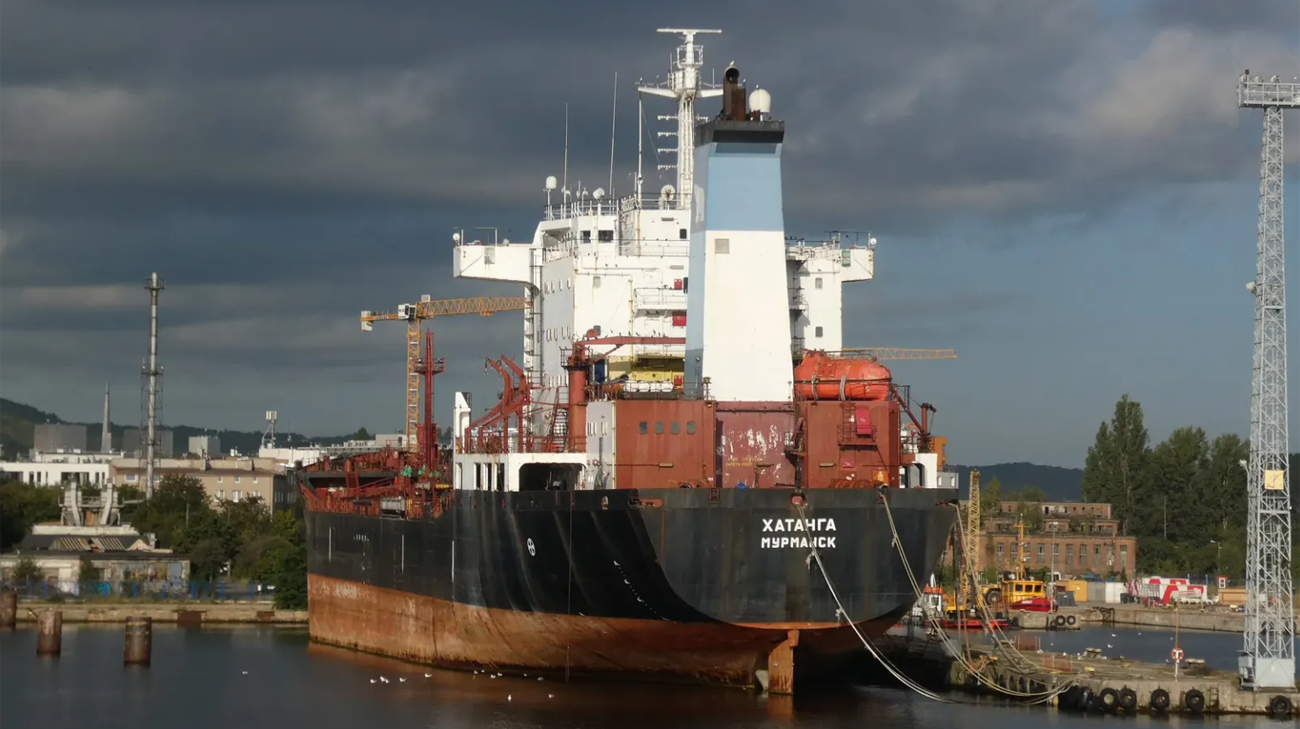“After 8 years, the Russian tanker “Hatanga” left him in the port of Polish Gdina. Source: Secretary of State at the Polish Ministry of Infrastructure Arkadyusz Marhevka, reports “European Truth” with reference to RMF FM Details: the ship has been there since 2017, causing losses and threatening the safety of navigation.”, – WRITE: www.pravda.com.ua
Source: Secretary of State at the Polish Ministry of Infrastructure Arkadyusz Marhevka, reports “European Pravda” with reference to RMF FM
Details: The ship has been there since 2017, causing damage and threatening the safety of navigation.
Advertising:
“We will export Russian scrap from Poland,” Arkadyusz Marhevka said on Friday.
The tanker will be sent to Denmark, where, according to the Deputy Minister of Infrastructure, he will be “cut into pieces”. Maritime management in Gdyni reported that the ship had already had the official status of scrap.
“The previous government did nothing for years. The Russian ship just stood in the port. They did not pay any fees … The safety of our ports is key,” he added.
The procedure for “deriving” the vessel and its transportation to the shipyard in Denmark is subject to strict rules of European law and required international cooperation.
Since the ship was not suitable for self -swimming, technical work was carried out on board to facilitate its removal.
In March, the tanker broke out of the pier twice, threatening the safety of other vessels.
Maritime management in Gdyni reported on Friday that the “withdrawal” of Hatanga from the port of Gdyn fits into the context of the Polish presidency in the Council of the European Union, which ends in June and has a slogan “Security, Europe!”.
Recall that a group of European countries with access to the sea, at the Thursday, agreed to take further measures to counteract the so -called shadow fleet of Russia.
Earlier it became known that the Swedish government has adopted a new resolution on strengthening insurance insurance insurance to strengthen control over the so -called “shadow fleet” of Russia.
The European Union has already included almost 350 vessels of the “shadow fleet” in the sanction list, and last – May 20.
